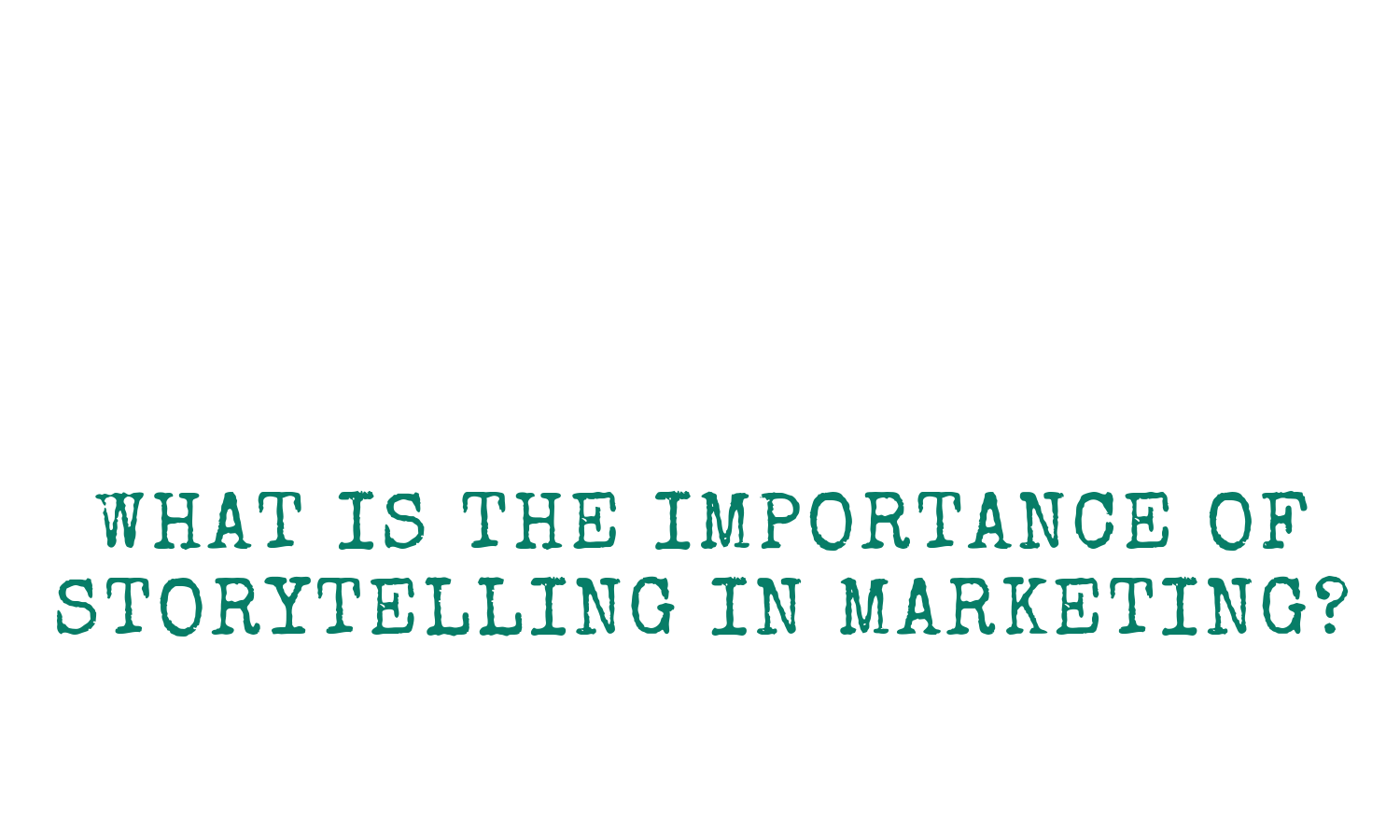A Brief History of Storytelling
Storytelling has been around for thousands of years. Humans tell stories as a means of entertainment, communication and passing down information from generation to generation. It’s in our nature to tell stories, but the way we tell them has changed due to advances in technology. As Jonathan Gottschall said, “The way we experience story will evolve, but as storytelling animals, we will no more give it up than start walking on all fours.” From rocks to computers, here is a brief history of storytelling and storyteller marketing.
Visual Storytelling
From drawings in caves to hieroglyphics and petroglyphs, the earliest forms of storytelling were visual. Our great, great ancestors used stone, clay, wood and other natural materials to communicate, create art and pass down information about life and survival. These visual representations were effective ways to tell their stories, but it wasn’t easy to spread and share their message like it is today.
Oral Storytelling
Oral storytelling has been around as long as the human language. Songs, chants, poetry and myths were all passed down by word of mouth. The invention of radio in 1895 dramatically changed how stories were told. Now oral communication wasn’t just between individuals; a storyteller could address an entire audience regardless of their physical proximity.
Today, podcasts are the latest and greatest when it comes to oral storytelling. With a variety of topics and formats, listeners can easily consume information that they are interested in. There is a podcast for everyone, whether you’re interested in business tips, murder mysteries or political events.
Intrapersonal communication is also an example of oral storytelling. Any time you are socializing with friends or reminiscing about a memory with family, you are using this traditional medium.
Written Word and The Invention of Paper
China’s invention of paper was a game changer for storytelling. It reached the Western world in 1150 AD and lead to the creation of more books and art. People were now able to combine text and pictures to tell a story and share it with others much more easily.
Written storytelling really started to evolve with Johannes Gutenberg’s invention of the movable-type printing press. The printing technology allowed for news and books to travel across Europe much faster than before.
Photography
Today, photography is as easy as grabbing your phone and tapping the screen. However, it took a lot of research and experimenting to get to this point. The first photograph was taken in 1826 and 35 years later the first color photo was taken. Photography gradually became more accessible and was the catalyst for modern visual storytelling.
Motion & TV
Photos were put into motion in the late 1800s when the Lumiére Brothers created the early motion-picture camera and projector called the Cinematograph and Thomas Edison invented the Kinetograph. Motion was now an important part of visual storytelling.
Then the TV was invented in 1927 and the first television network was born at the 1939 World’s Fair. As the technology advanced and cost decreased, it became commonplace to have a TV in your living room where families would gather around and watch the latest stories.
The Digital Age
The Internet has drastically changed how we tell stories. Of course we still write, draw and communicate verbally, but many of our stories are now told digitally.
When was the last time you wrote a letter by hand to tell your friend something? It’s probably been a while. Instead, we turn to text messages, emails and social media to communicate with other people. Platforms such as Facebook, Instagram, Twitter and blogs have become the primary mode for sharing stories, expressing opinions and connecting with others.
Netflix and Hulu provide a plethora of entertainment options 24/7. You no longer need a TV to watch them—just pull up the app on your phone! Whether we realize it or not, we are constantly telling and consuming stories.
Storyteller Marketing
Storytelling has become an integral part of marketing. At its very core, marketing is about telling the best story—the one that keeps people telling it and talking about it for years. Rather than just pushing out marketing materials, businesses should look at marketing as storytelling, offering quality information on a consistent basis. Whether that’s through blog posts, email newsletters or social media, your story is ongoing and should have consistent messaging.
With these technological advances, social media and storyteller marketing allow businesses to reach numerous people, create a personal connection with their audience, educate consumers about their product or service and ultimately drive sales.
Clearly the mediums for storytelling have changed over time, but the importance of stories has never wavered. It’s part of human nature to tell stories and create connections with others, so your business can benefit from applying this concept to your marketing strategy. Our team of skilled writers, designers, researchers, photographers and videographers can’t wait to help you discover the story your business will tell! Contact The Storyteller Agency today and let’s start telling your story.






